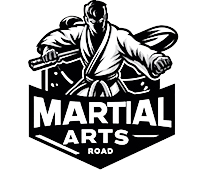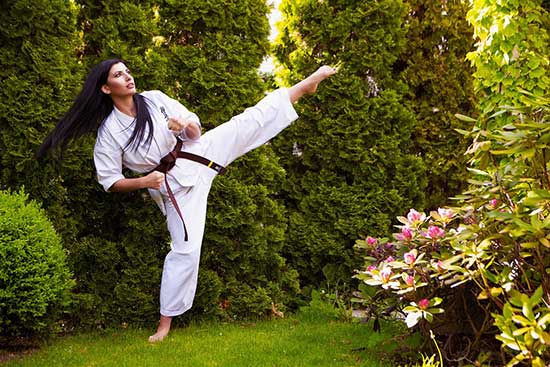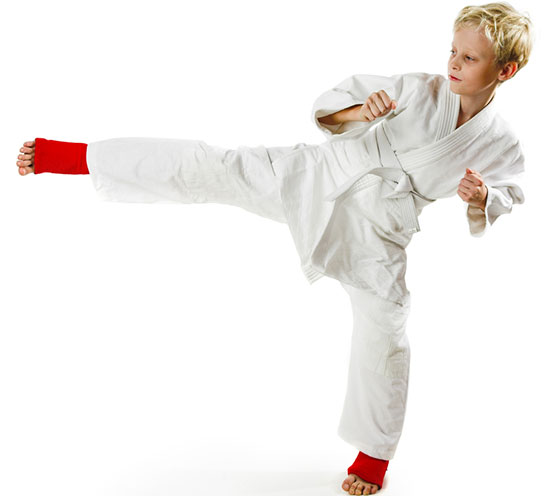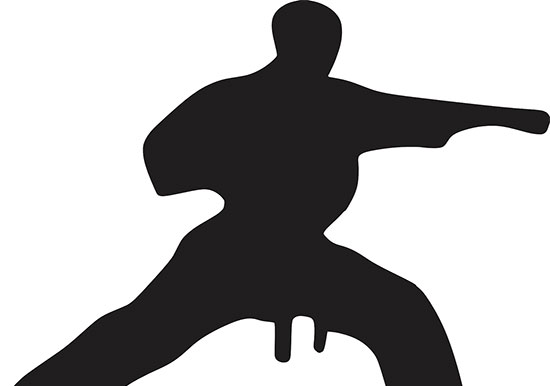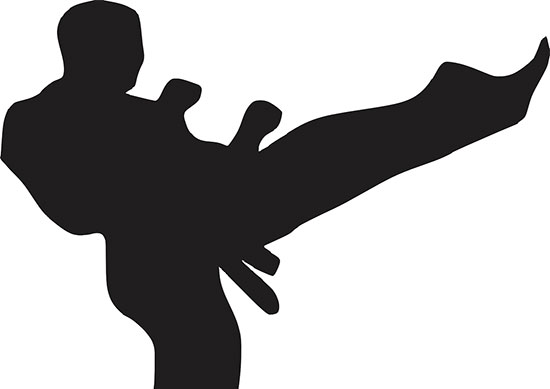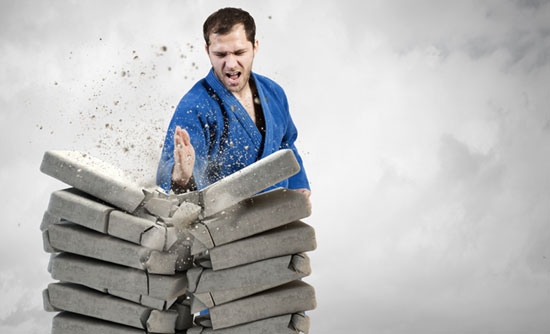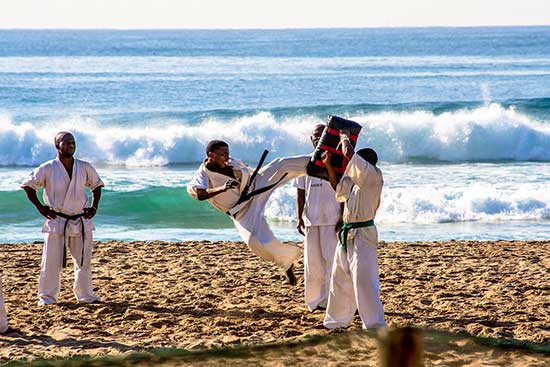Confusion often arises among people who are not well-versed in martial arts terminology, due to the wide range of systems, for example, mistaking karate and wushu for synonyms without understanding their differences.
In reality, karate and wushu are not specific styles, but general terms for two distinct orientations in Oriental martial arts.
Karate focuses on Japanese fighting techniques, while wushu encompasses Chinese styles. I will begin with the differences and add them to the table below.
Contents
Their Differences
By the way, Wushu is also known as kung fu, at least this is the name that kung fu had back in the old days and includes many Chinese styles, each of which has its own unique characteristics and traditions.
Although they may vary greatly, they are still unified under the same name, wushu. For example, Taijiquan, known as the “Fist of the Great Limit,” is a widespread health-promoting practice in China, characterized by smooth movements, proper breathing, and a balance between physical and mental well-being.
Taijiquan is often used for elderly or debilitated individuals and is considered a cure for various illnesses.
In contrast, the Eagle Claw style is a more combative approach, using quick movements and strength, ideal for military and special forces training.
Many wushu styles originated from the Shaolin Temple, a Buddhist monastery where warrior monks practiced.
The correct name for Chinese martial arts is wushu, as it is a more accurate representation of the characters 武 (military, combat) and 术 (art, technique).
Karate encompasses the martial arts of Japan’s Ryukyu Islands, with Okinawa being the largest. There are several systems of Okinawan karate, including Shorin-Ryu, Goju-Ryu, Shito-Ryu, and others.
Despite being part of Japan since 1879, Okinawans still have a distinct culture separate from the rest of Japan, with significant influence from China.
Okinawan martial arts are based on Chinese teachings, reflected in the original name “Hand of Tang” or “Chinese Hand.” The Tang Dynasty also contributed to the growth in popularity of martial arts, reflected in the name.
The name was later changed to “kara-te” (empty hand) to reflect the development of Japanese styles without weapons. Thus, karate has its roots in China, shared with wushu, but has evolved differently over time.
The differences between wushu and karate are in their techniques, including using arms and legs in strikes and defense.
The formal exercises (kata) in Okinawan karate differ from wushu techniques, with karate kata being shorter and having clear pauses between techniques, while wushu kata is longer and based on continuous movement.
Some experts also differentiate the two by the concept of hardness and softness in their movements, with wushu emphasizing circular movements and grace, and karate emphasizing straight-line, attacking blows.
Ultimately, both arts aim to teach fighting techniques and the desire to win in battle.
| Feature | Wushu | Karate |
|---|---|---|
| Origin | China | Okinawa, Japan |
| Historical Development | Developed over thousands of years in China, with roots in ancient Chinese military practices | Originated in Okinawa as a combination of Chinese martial arts and local Okinawan combat techniques |
| Style | Variety of styles with different techniques and philosophies, emphasizing performance and acrobatics | Focus on strikes and blocks, with an emphasis on discipline and self-defense |
| Training | Often emphasizes forms and weapons training | Focus on sparring, kata, and grappling techniques |
| Competition | Typically performed for demonstration and scoring in forms, weapons, and sparring events | Tournaments often involve point sparring and kata demonstrations |
| Physical Characteristics | Often involves acrobatics, jumps, and flips | Focus on quick, powerful strikes and movements that emphasize efficiency and control |
| Philosophical Approach | Emphasis on physical skill, discipline, and respect | Emphasis on discipline, humility, and self-improvement |
